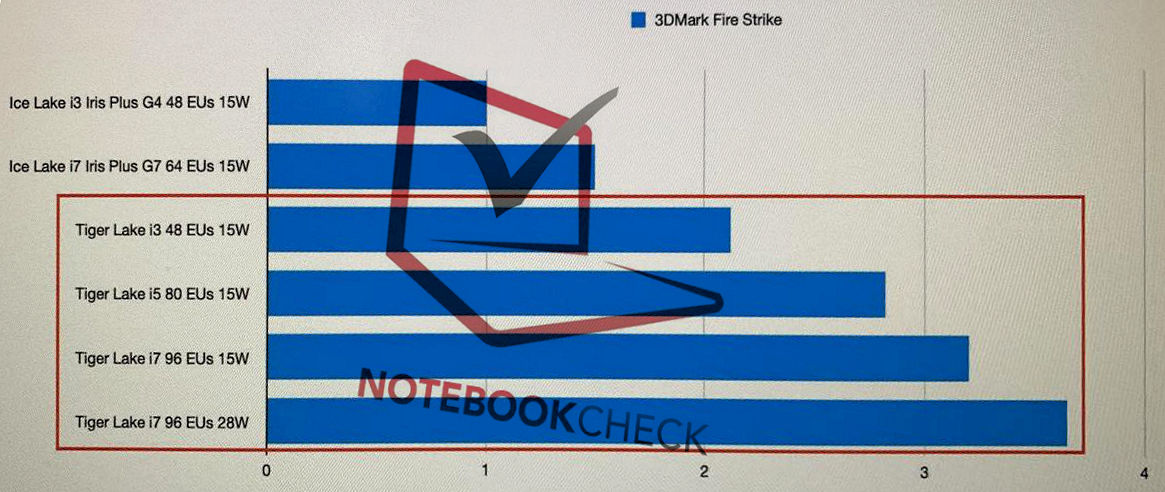Bondrewd
Veteran
ODI is very not soon(TM).Could these boards employ the much-publicized Omni-Directional Interconnect (ODI), which combines silicon interposer (Embedded Multi-Interconnect Bridge, EMIB) with 3D stacking (Foveros)?
https://www.extremetech.com/computi...irectional-interconnect-combines-emib-foveros
https://fuse.wikichip.org/news/2503...together-adds-omni-directional-interconnects/
https://fuse.wikichip.org/news/3508...l-3d-packaging-tech-gains-omnidirectionality/
AMD and NVIDIA are supposed to use the TMSC CoWoS interposer for HBM-based products.
Also Co-EMIB is not ODI.




